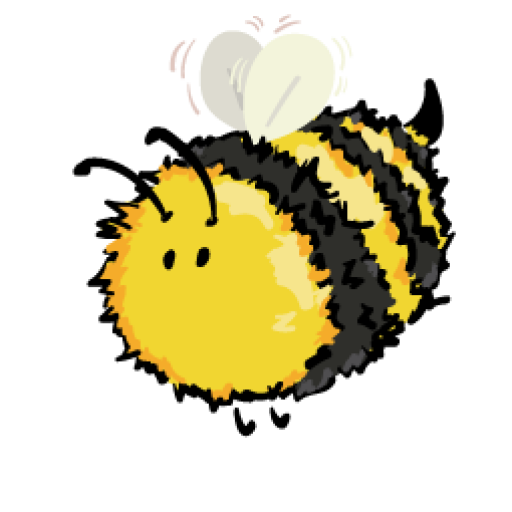Standard Mushroom Disclaimer
Nothing about this post is intended as an endorsement of eating any wild mushrooms. Including ones that look just like whatever this mushroom looks like to you. If you are not 100% certain a mushroom is safe for you to eat, don’t eat it.
There are deadly poisonous mushrooms in Ontario and some of the most toxic are common, widespread, and don’t look “scary”.
Be safe out there. Fill your eyes if not your belly with as many mushrooms as you like, and live to adventure another day.
Each year a Dryad’s Saddle appears on the Manitoba maple that hangs over our driveway. Not a mystical fairy apparition, but a pretty tawny mushroom with a lot of curb appeal. It is one of Ontario’s edible mushrooms, also known as Pheasant’s Back. Though I’ve never personally had opportunity to edible it, because some critters — and I’m looking at you squirrels — always spot it before I do. But it’s a pretty do-able mushroom to identify definitively. Even for an amateur mycologist with questionable morels like me.
A couple of weeks ago it rained near continuously for three days. Prompting the fungi to fruit fabulously practically overnight. Including the Dryad’s Saddle (Cerioporus squamosus).
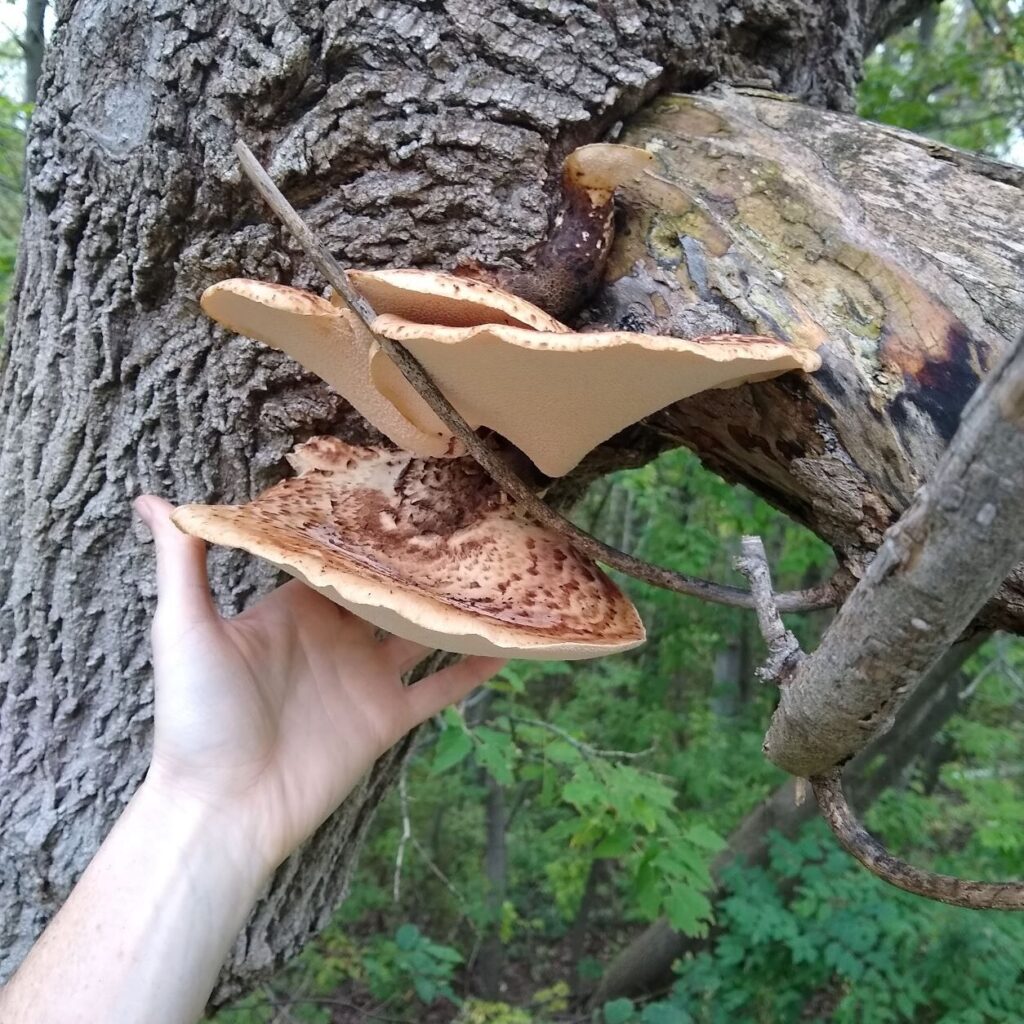
I don’t begrudge the squirrels their seasonal wild treats, nor do I want to eat their favourite foods from nature’s pantry. So while I was definitely going to leap on this opportunity, I was not going to pick this branch clean of mushrooms. Besides being very poor foraging etiquette, it would be like cronching all the good potato chips while your roommate is away visiting their parents. I try to sample enough from nature’s pantry to keep my own wild self nourished, without leaving the shelves bare for others.
(Though, as Neil rightly pointed out, the squirrels already get lots of food from our household. See also: the “bird” feeder…)
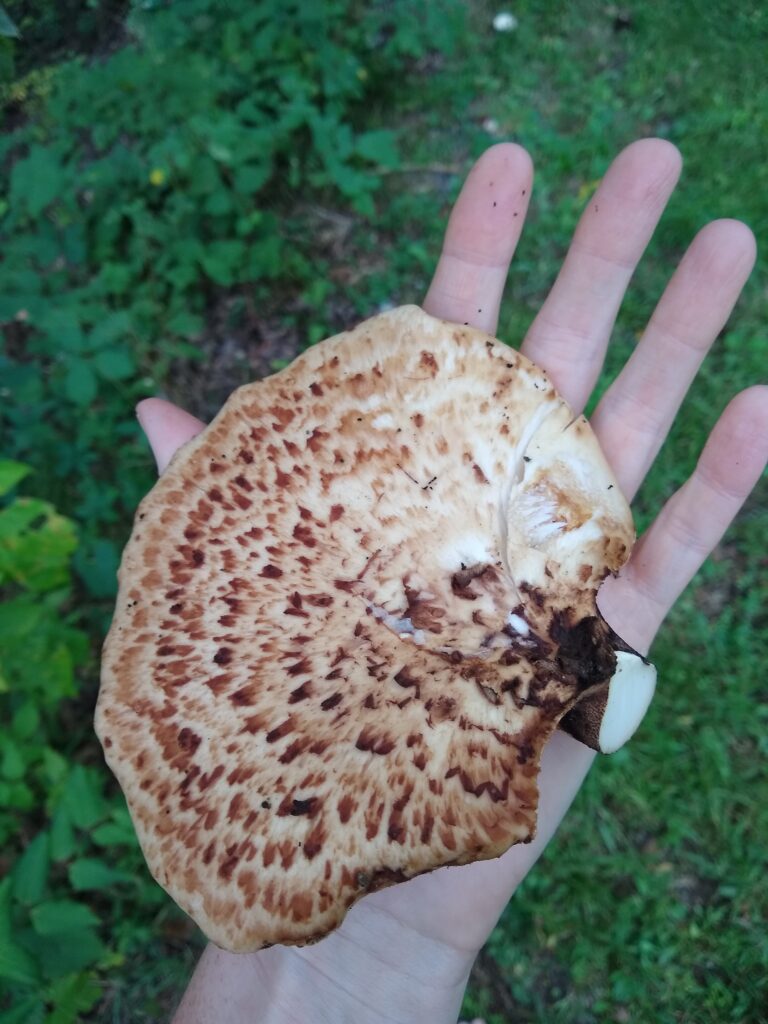
I took one mushroom from the cluster. Not the largest nor the smallest, but one that was just right. The oldest can stay to spread their spores, and the youngest can grow to replace the oldest.
Having never prepared Dryad’s Saddle before, I did some reading, and found this recipe for Wild Mushroom Conserve. I began by scraping the pores off the mushroom, following these instructions. Since I wasn’t going to eat them, I returned the pore scrapings to the tree where the fungus was fruiting. Because if I wasn’t going to eat them, why not leave them for something else to nom? It might be a little like putting the good potato chip bag back in the pantry with just potato chip dust in the bottom, but I think my squirrel buddies know I mean well. Since I was prepping the mushroom well after dark, I put on my headlamp, popped outside and left the scrapings in a little pile on the branch for them.

Pore-table eats 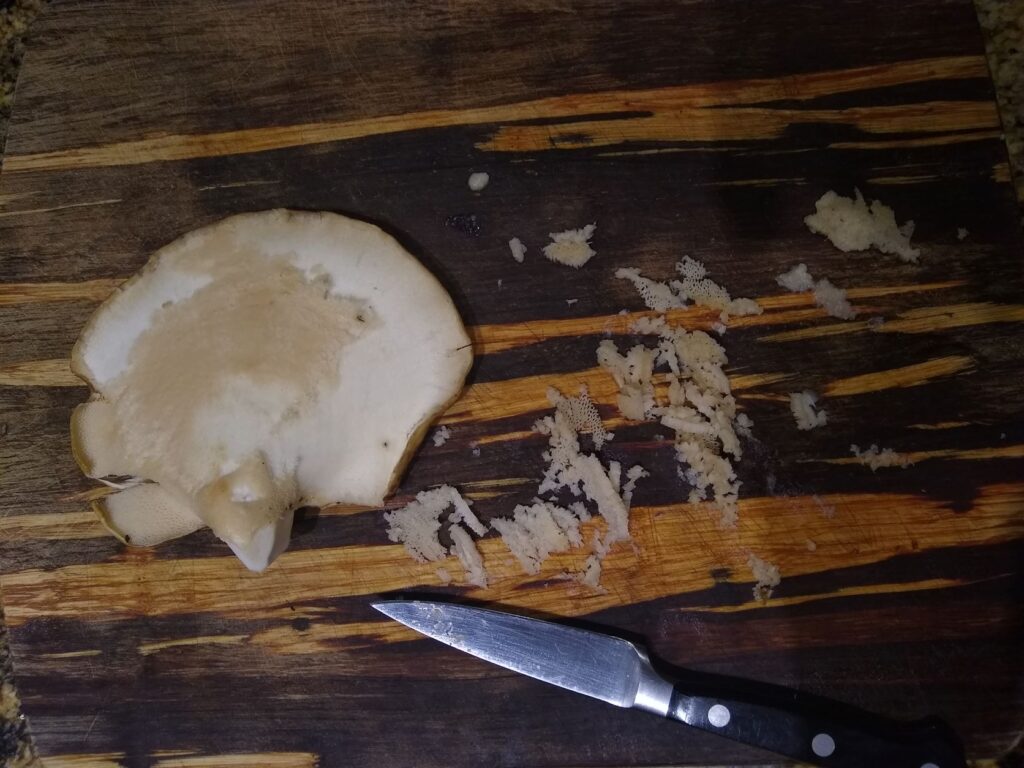
Pore scrapings for the squirrels 
No fingertips were lost while making these shavings with the mandoline 
Sautéed with garlic and butter, it literally cannot taste bad
The smell of fresh Dryad’s Saddle has been described elsewhere as cucumber-like, and the description is bang on. It smells just like a fresh cucumber, if a cucumber was pretending to be a brown mushroom, growing on the side of a tree.
After the pores were removed, the next step was to thinly and carefully shave the mushroom down with a mandoline, then let the shavings rest in the fridge overnight, before sautéing them with butter, salt and herbs, and finally packing them as a pickle.

I popped the now-marinated mushrooms in the fridge and left them to rest a few days. Then I had my first small sample, waiting to see if it went down alright before having more. (Safety first kids.) Verdict? Completely delicious. Those squirrels really know their potato chips.
Rating: 10/10, will ask the squirrels to share the bounty with us again.
~ Kate
p.p.s. (Puffball Postscript)
I also made this tasty Wild Mushroom Ketchup with one of our giant puffballs (Calvatia gigantea). A second puffball I dehydrated and turned to powder (it. got. every. where.).
Did you know “ketchup” basically used to just mean any liquid sauce? Language is so neat. Though I will not start asking Neil to “pass the ketchup” any time there is a liquid condiment on the table…. Probably.


Puffball is basically “tofu of the woods”.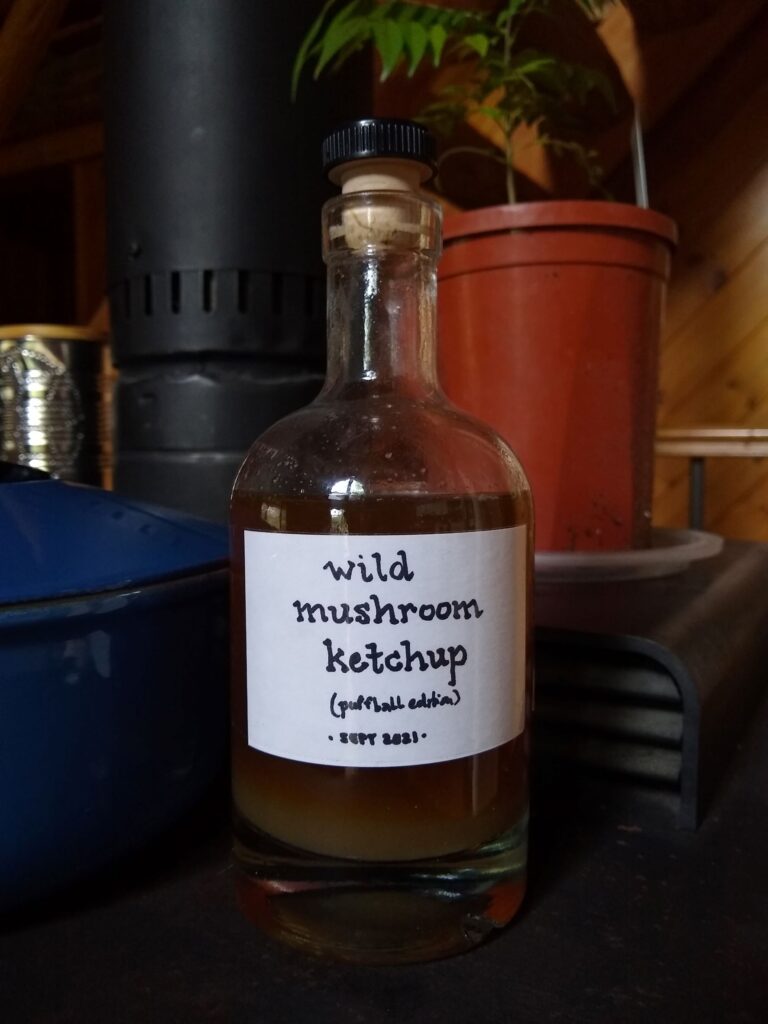
But as a “ketchup” it’s great!
